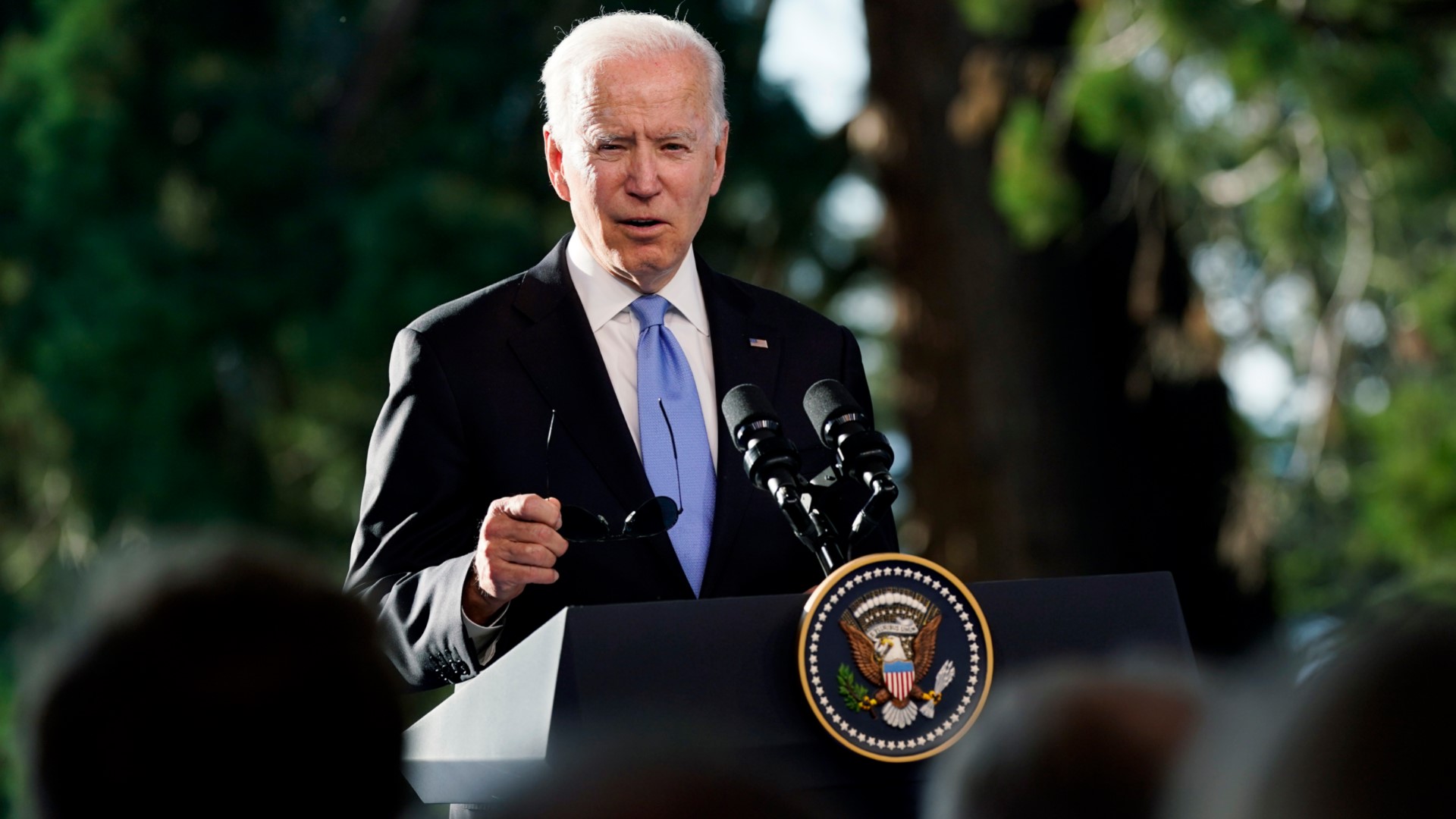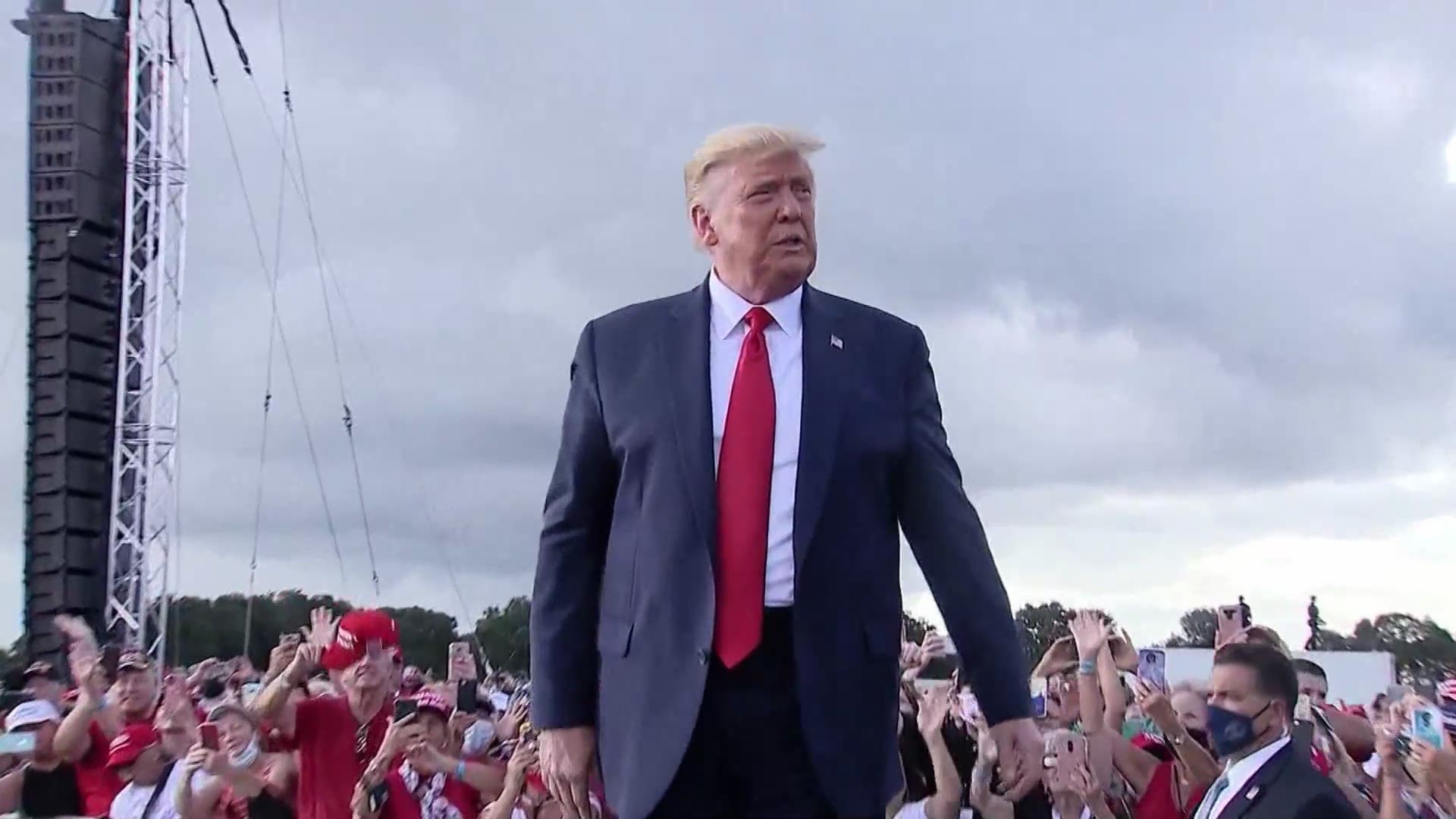WASHINGTON — The Biden Administration plans to issue an executive order requiring all federal workers to be vaccinated against COVID-19. We're clearing up confusion surrounding what exactly executive orders can and can't do.
Throughout the years of signing and overwriting executive orders, many have asked the Verify team to break down whether executive orders are laws, and what exactly the president can do without Congress.
THE QUESTION
What's the difference between an executive order and a law?
THE SOURCES
- Allan Lichtman, Distinguished Professor of History at American University
- John Fortier, resident scholar at the American Enterprise Institute
- American Bar Association, "What Is An Executive Order?"
- Heritage Foundation, "Heritage Explains Executive Orders"
THE ANSWER
Executive orders are carried out by the president and only the president, and no Congressional oversight is required. Orders can only give direction to the federal agencies contained under the executive branch, like the CDC, EPA or the Department of Transportation.
WHAT WE FOUND
Executive orders are not legislation. The President has the sole power to direct his or her executive branch as they please, and an executive order is just one of the tools in the toolbox. It also happens to be one of the most formal, which is why we hear about them the most.
Executive orders cannot be used to subject private citizens to specific rules and restrictions, nor can they be used to pass a budget or abolish an act of Congress.
"All executive orders apply to the actions of the executive branch of government," Allan Lichtman explains. "They cannot overtake the prerogatives of Congress."
"The executive order is the president saying, 'this is the way we want to do it in this area, and you should be following this,'" John Fortier says. "It arguably is more specific, and also has greater force for those people in the departments that they should follow it rather than just taking it into consideration."
RELATED: VERIFY: Yes, President Biden signed more executive orders in his first week than any past president
Lichtman says that while an executive order is not a law (a law must be passed by Congress and signed by the president), it has the force of a law and it must be carried out. What it doesn't have is permanence.
"They have to be obeyed while they're in effect," Lichtman says. "Unlike laws, though, executive orders can be countermanded. They can be repealed by another president."
"It is easier, of course, for a president to issue an executive order than to get agreement from majorities in Congress and to get a bill signed," Fortier explains, "and an arguably quicker to do so."
But, despite the loophole, they're still bound by another president's ability to backtrack.
As Commander-in-Chief, executive orders can be used to direct military or homeland security operations. Because the Constitution dictates that the president holds executive power over his or her branch, orders can extend to any agency under that umbrella, like the Centers for Disease Control and Prevention (CDC) or the Environmental Protection Agency (EPA).
But, if you search the Constitution for the term "executive order," you won't find it. Lichtman says that's because it's one of the president's implied powers.
"It is not an enumerated power," he says, "it is an implied power, and one with the weight of precedent that has been recognized by the courts."
So we can Verify, there are some major differences between presidential executive orders and legislation by Congress.


